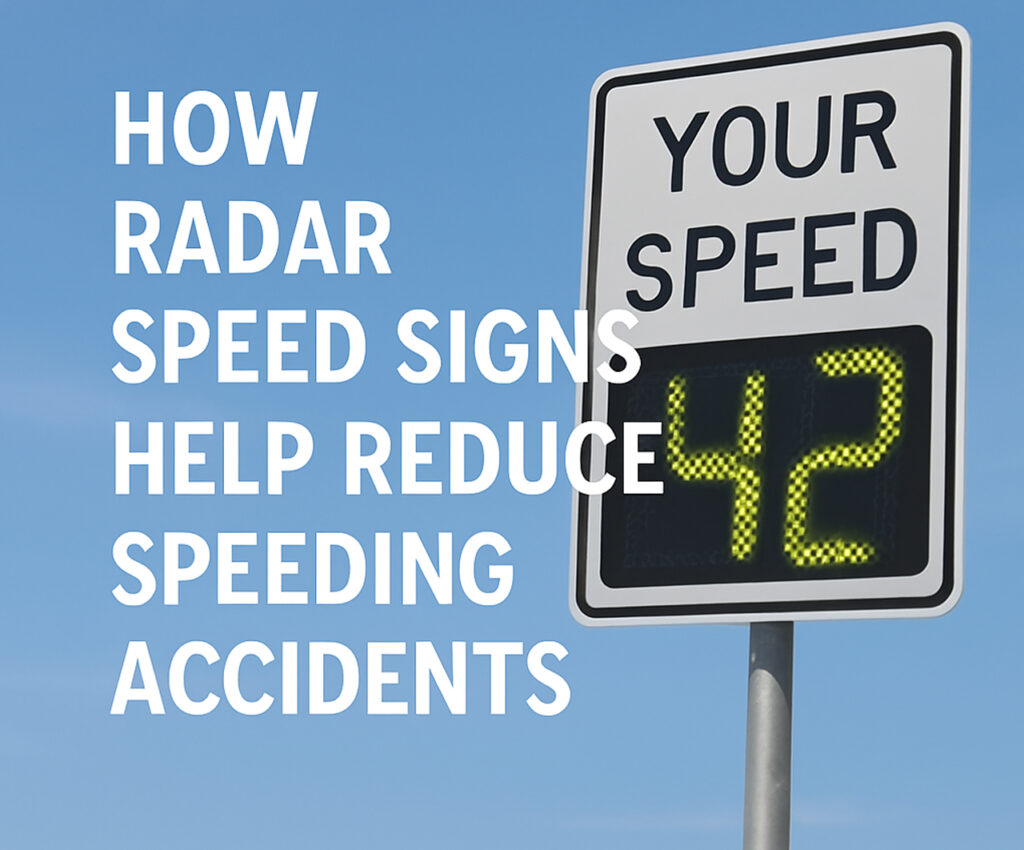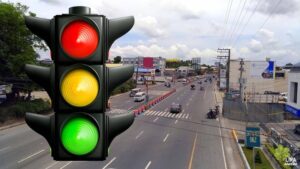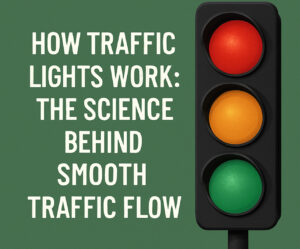Speeding continues to be one of the most common—and deadliest—traffic violations worldwide. In the battle against reckless driving, radar speed signs, speed humps for sale, and speed signs are making a measurable impact. These tools are designed to get drivers to slow down, particularly in residential areas, near schools, or high-accident zones. But among them, radar speed signs stand out for their psychological effect on drivers and proven effectiveness in reducing crashes. Know more..
What Are Radar Speed Signs?
Radar speed signs are electronic traffic devices that detect and display a vehicle’s speed in real time. When a driver approaches the sign, they see their speed compared to the posted limit, often flashing if they exceed it. This real-time feedback triggers an immediate behavioral response, prompting drivers to slow down—without the need for police intervention.
Unlike traditional speed signs that simply post the limit, radar signs create a moment of accountability. They remind drivers that their actions are being noticed, even if no one is watching.
The Psychology Behind Radar Speed Signs
The genius of radar speed signs lies in behavioral science. When people see that they are going faster than they should, most instinctively lift their foot off the gas. It’s an automatic reaction rooted in our aversion to being called out.
By reflecting drivers’ speeds back at them, radar speed signs create a social and psychological cue. They don’t just inform; they influence. In fact, studies show that these signs can reduce speeds by up to 10% on average, which significantly lowers the risk of fatal accidents.
Comparing Radar Speed Signs with Physical Traffic Calming Tools
Physical tools like speed humps for sale are also widely used to control vehicle speed, especially in school zones and neighborhoods. However, while effective, they come with limitations. They’re costly to install, require roadwork, and can be jarring for emergency vehicles or cyclists.
On the other hand, radar speed signs are easier to deploy, require no road alterations, and are adjustable. They also provide a more flexible solution where installing speed humps for sale is not feasible due to road design, topography, or cost.
How Radar Speed Signs Work
Each radar speed sign has a built-in radar unit that detects an approaching vehicle’s speed. The device then displays the speed using high-visibility LED numbers. Some models even flash or change color if the speed exceeds the limit, further alerting the driver.
Many signs come with data logging capabilities, which allow city planners and traffic engineers to track vehicle speeds over time. This helps inform future decisions about where to place speed signs or when to consider permanent changes to traffic flow.
The Role of Speed Signs in Traffic Safety
Speed signs are foundational to safe road design. They communicate the legal maximum speed and set expectations for all road users. However, their passive nature often leads to driver complacency.
That’s where radar speed signs step in to enhance traditional signage. By pairing the static message of speed signs with the dynamic feedback of radar, the message becomes harder to ignore. It brings the posted speed limit to life.
Portable Radar Speed Signs for Temporary Zones
One of the advantages of modern radar speed signs is their portability. These signs can be installed temporarily in areas with seasonal traffic issues, construction work, or special events.
This is especially useful in situations where cities want to assess whether a location truly needs physical speed humps for sale or additional traffic control measures. Portable radar speed signs allow for testing before investing in permanent changes.
Data Collection and Smart City Integration
Advanced radar speed signs do more than display numbers. Many integrate with smart city infrastructure and collect valuable traffic data, such as average speeds, peak speeding times, and traffic volume.
This data is crucial for city planners. It helps prioritize enforcement, evaluate effectiveness, and decide where to install speed signs or speed humps for sale. In a world where data drives decisions, radar speed signs provide a real-time edge.
Real-World Success Stories
Cities around the world are investing in radar speed signs to curb speeding. For example, in Phoenix, Arizona, a neighborhood plagued by speeding saw a 12% reduction in vehicle speeds within two weeks of installing these signs.
In school zones across the UK, radar speed signs combined with warning lights have led to fewer accidents and a higher level of compliance with posted limits. These aren’t isolated wins; they reflect a consistent trend seen in urban, suburban, and rural communities.
Community Acceptance and Non-Punitive Enforcement
Unlike speed cameras or ticketing systems, radar speed signs are non-punitive. They don’t fine drivers; they remind them. This makes them more acceptable to communities and drivers alike.
Residents are often more open to installing these signs than speed humps for sale because they’re quiet, non-invasive, and effective. They also avoid the wear and tear that comes with installing physical traffic calming features.
Cost-Effectiveness Over Time
While speed humps for sale and traffic cameras have their place, radar speed signs offer a strong return on investment. They are relatively low-cost, low-maintenance, and long-lasting.
When factoring in accident reduction, improved compliance, and the cost of emergency services, radar speed signs quickly pay for themselves. Their ability to provide immediate feedback and long-term behavior change makes them a smart investment for cities of all sizes.
Customization and Flexibility
Modern radar speed signs are highly customizable. You can adjust speed thresholds, change display messages, or even add visual alerts like flashing lights or “SLOW DOWN” messages.
This flexibility makes them suitable for a range of environments, from busy school drop-off zones to rural highways. Unlike speed signs, which are static, radar signs adapt to the context and respond in real-time.
Challenges and Considerations
No solution is perfect. While radar speed signs are effective, they can lose impact if overused or ignored. That’s why it’s important to rotate them periodically, combine them with speed signs, and consider other tools like speed humps for sale where necessary.
Also, these signs require power—usually solar or battery—and periodic maintenance. Still, the upkeep is minimal compared to other infrastructure projects.
Final Thoughts: A Smarter Way to Slow Down
Radar speed signs, speed humps for sale, and speed signs all play a role in making roads safer. But when it comes to reducing speeding accidents quickly, efficiently, and non-punitively, radar signs shine the brightest.
They tap into our psychology, use real-time data, and provide flexible solutions for cities big and small. Whether you’re a traffic engineer, city planner, or concerned citizen, investing in radar speed signs is a smart move toward safer streets.
And when paired with well-placed speed signs and selectively used speed humps for sale, they create a comprehensive strategy for traffic calming that actually works. The road to safer driving starts with awareness—and there’s no better way to raise it than showing drivers exactly how fast they’re going.





